Construction Sites:
Walkie-talkies are still widely used on construction sites for good reason: they are one of the most efficient ways to keep communication flowing seamlessly among workers, especially when the job site is vast or noisy. On large construction projects, workers are often spread out over a wide area, and using a cell phone may not always be practical or feasible. Walkie-talkies allow instant communication between workers, foremen, and supervisors without the hassle of dialing numbers or waiting for a signal.
In construction, safety is a priority, and walkie-talkies play a key role in quickly alerting workers about hazards, safety protocol changes, or equipment malfunction. Workers in hard hats and high-visibility gear can keep their hands free for the job at hand while staying in constant contact with the team. For construction projects that require real-time updates or changes, walkie-talkies are often the preferred communication tool for quick and efficient coordination.
Emergency Services:
One of the most critical uses of walkie-talkies is in emergency services. Police officers, firefighters, emergency medical teams, and search-and-rescue personnel depend on walkie-talkies for constant communication during life-or-death situations. When responding to emergencies, first responders need quick, direct, and reliable communication. Walkie-talkies offer instant access to coordination, ensuring that teams can communicate during rescues, firefighting operations, or criminal investigations.
These devices are built to withstand the toughest conditions, from extreme heat to rough terrain. Firefighters use walkie-talkies to coordinate when they’re inside a burning building, police officers use them to keep track of units during a high-speed chase, and paramedics rely on them to communicate vital information to hospitals. In these situations, where time is critical, walkie-talkies are often the best way to relay information without delay.
Outdoor Adventures:
When you’re out in nature, there’s no better way to stay connected than with a trusty walkie-talkie. Whether you’re hiking through dense forests, camping in remote areas, or exploring caves, walkie-talkies help you stay in touch with your group when cell phone signals are out of reach. While modern smartphones are packed with features, they often can’t compete with the reliability of walkie-talkies when it comes to long-range communication in the wilderness.
During camping trips or outdoor expeditions, walkie-talkies serve as a reliable form of communication for keeping track of group members and coordinating activities. Whether you’re looking for the best hiking trail, guiding the group to the campsite, or keeping tabs on everyone’s location, walkie-talkies ensure that everyone stays on track. They’re especially useful when conditions are unpredictable—think poor weather, dense trees, or rough terrain—and you need to communicate instantly without worrying about dropped calls or battery life.
Walkie-talkies can also be used during group outdoor activities such as kayaking, mountain biking, or even during scavenger hunts, offering a fun and safe way to keep the group connected. The best part? Walkie-talkies are simple to use, affordable, and don’t require a cellular network, making them an essential tool for anyone who loves the great outdoors.


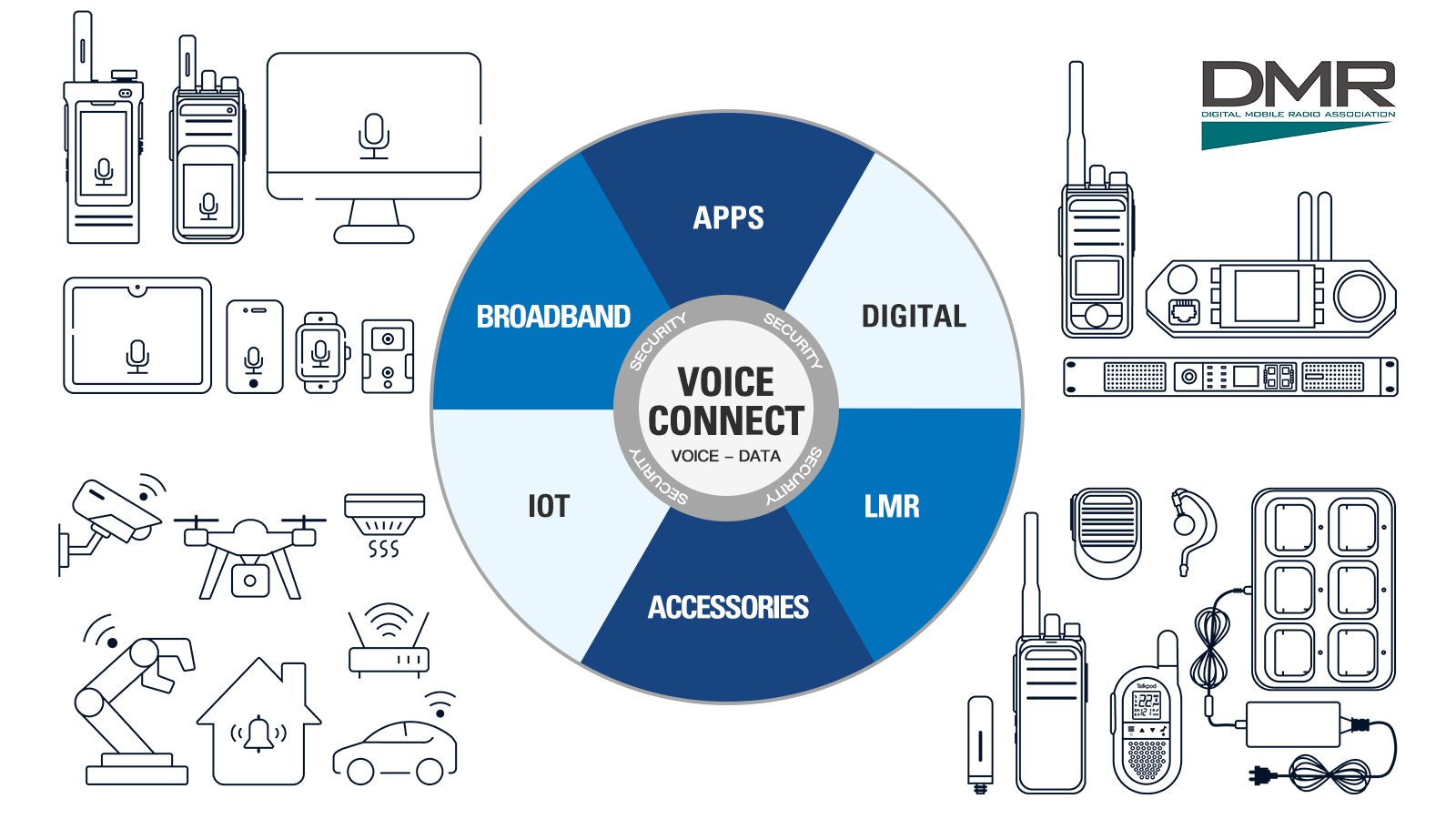
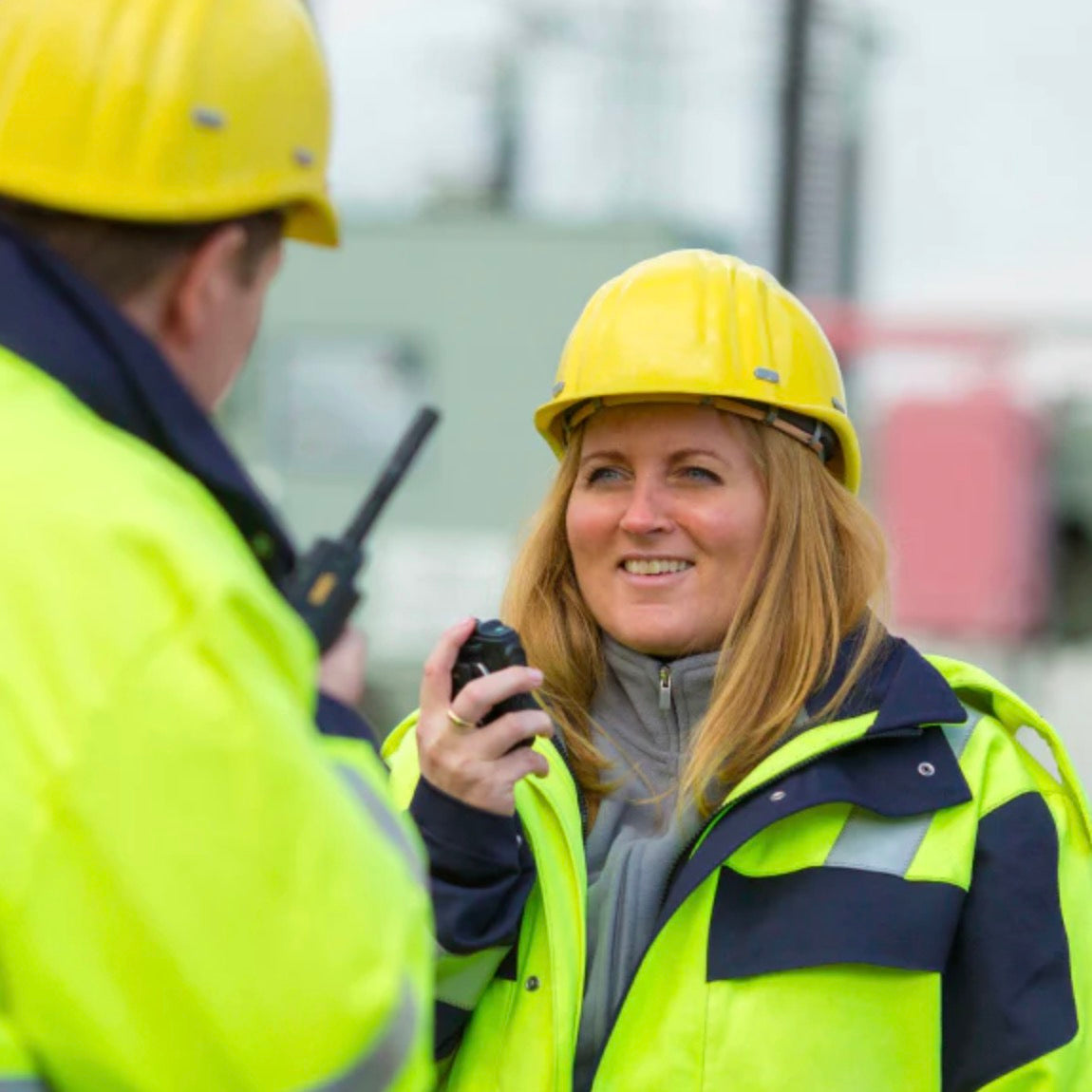

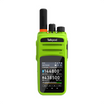
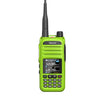
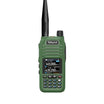
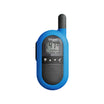


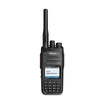
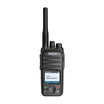
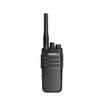
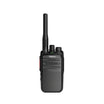
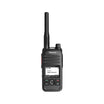
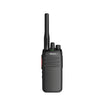
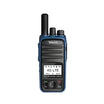
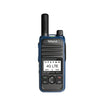
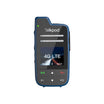
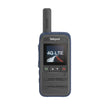
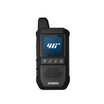
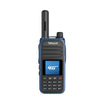
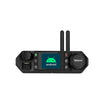
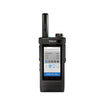
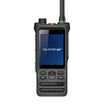


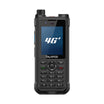
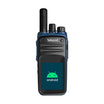
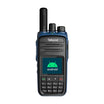
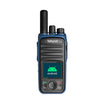
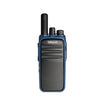
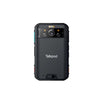




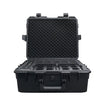



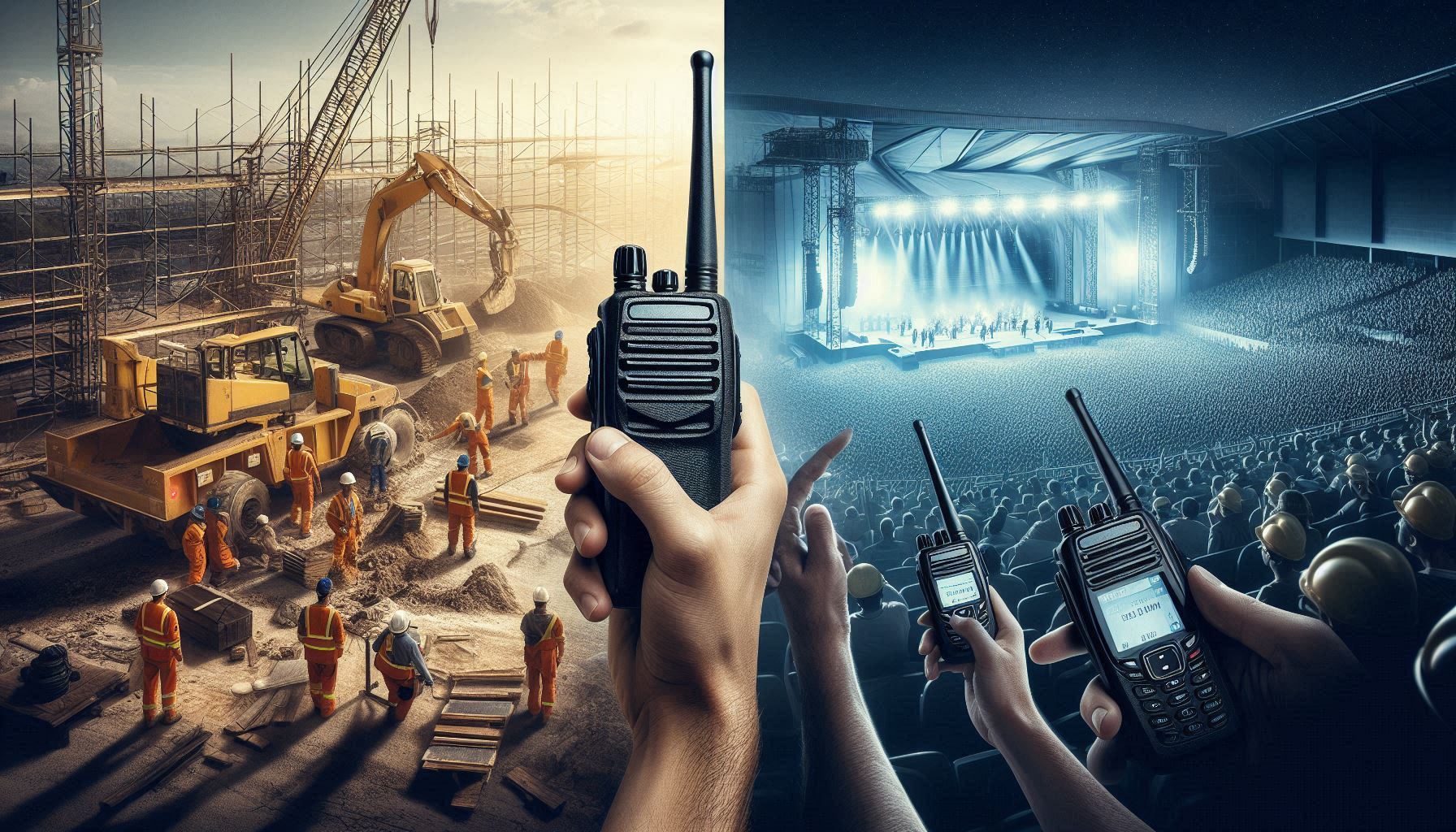
Leave a comment
All comments are moderated before being published.
This site is protected by hCaptcha and the hCaptcha Privacy Policy and Terms of Service apply.